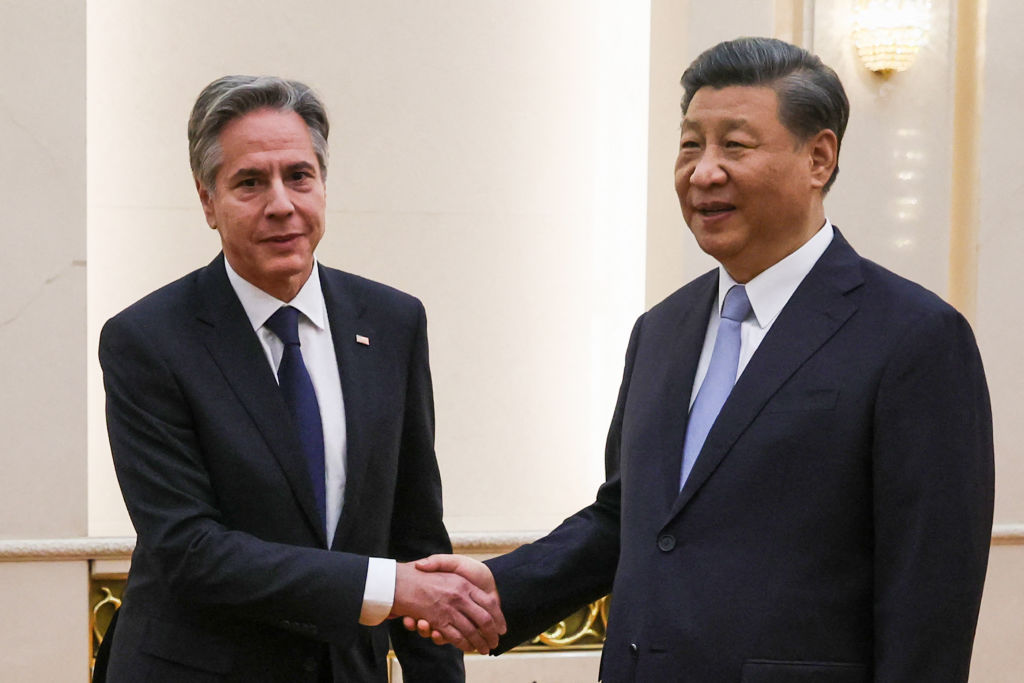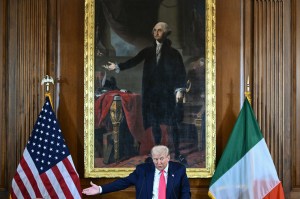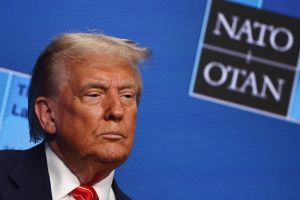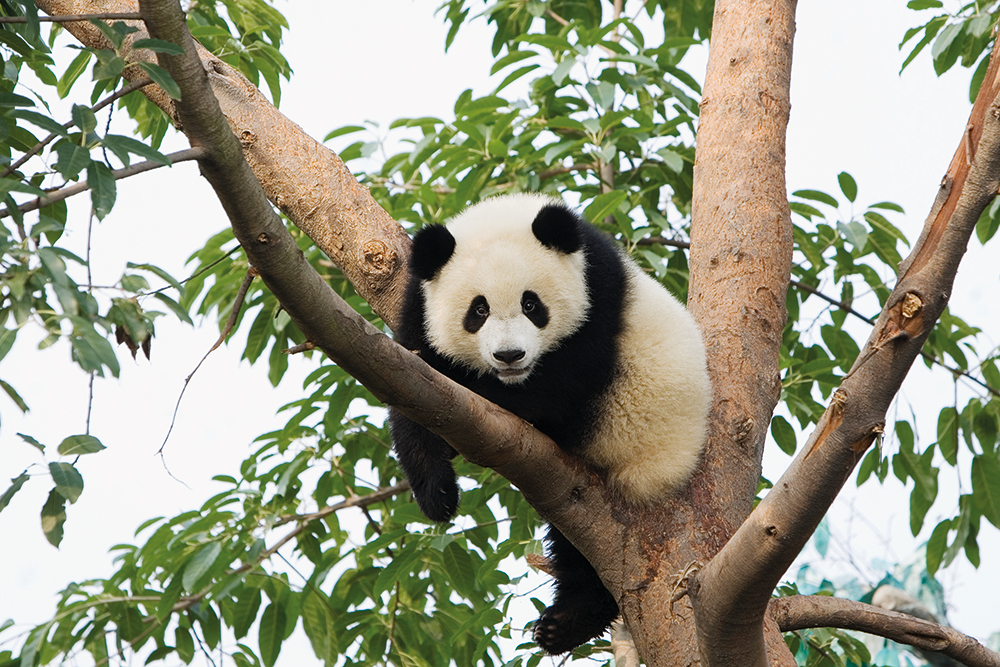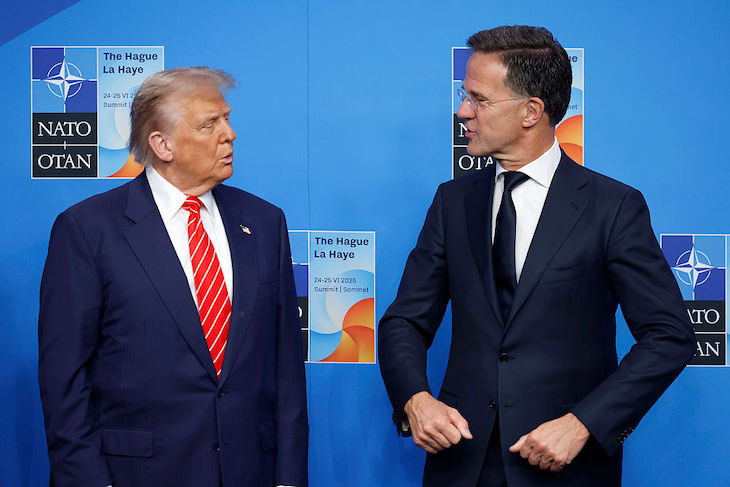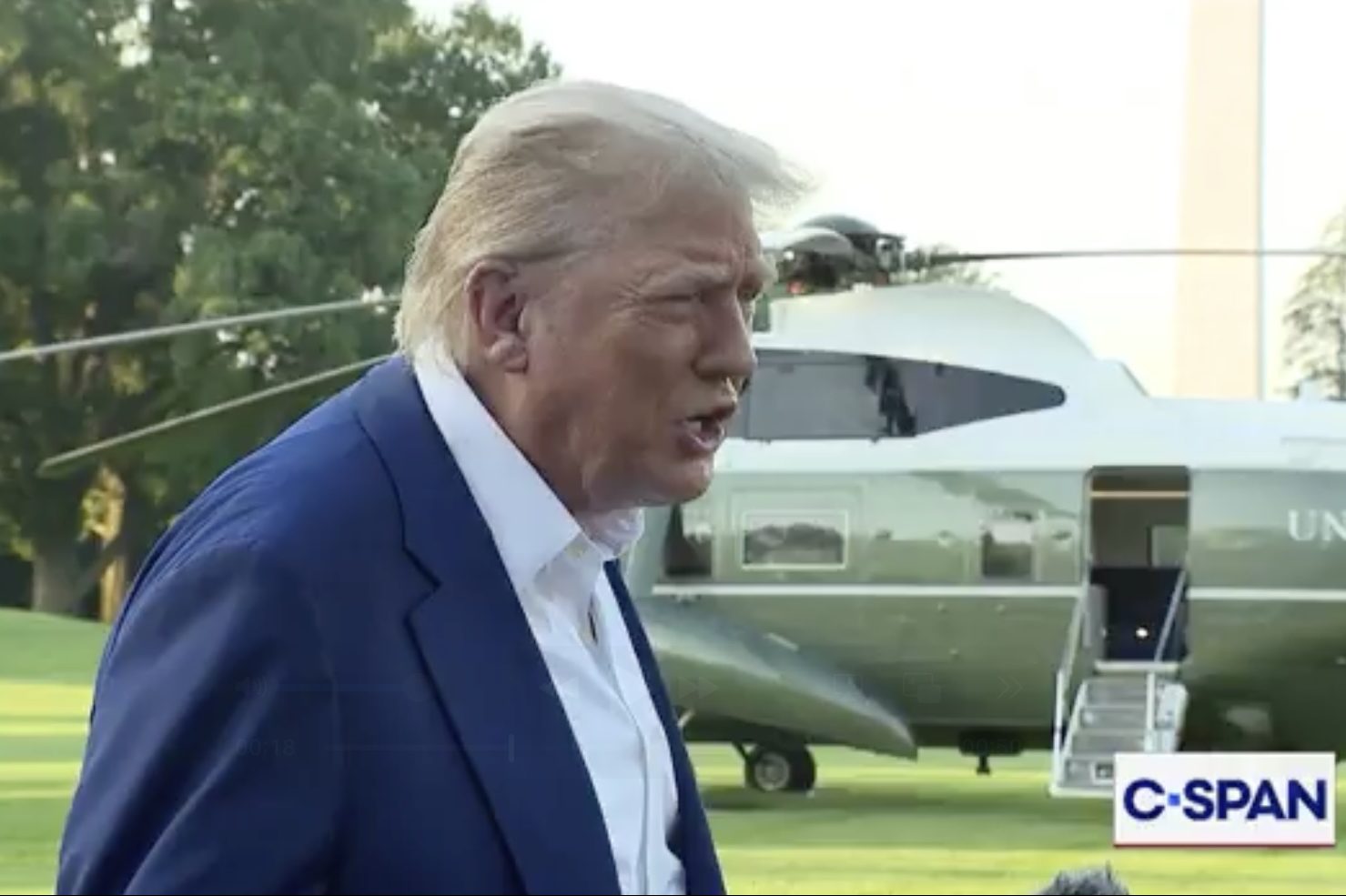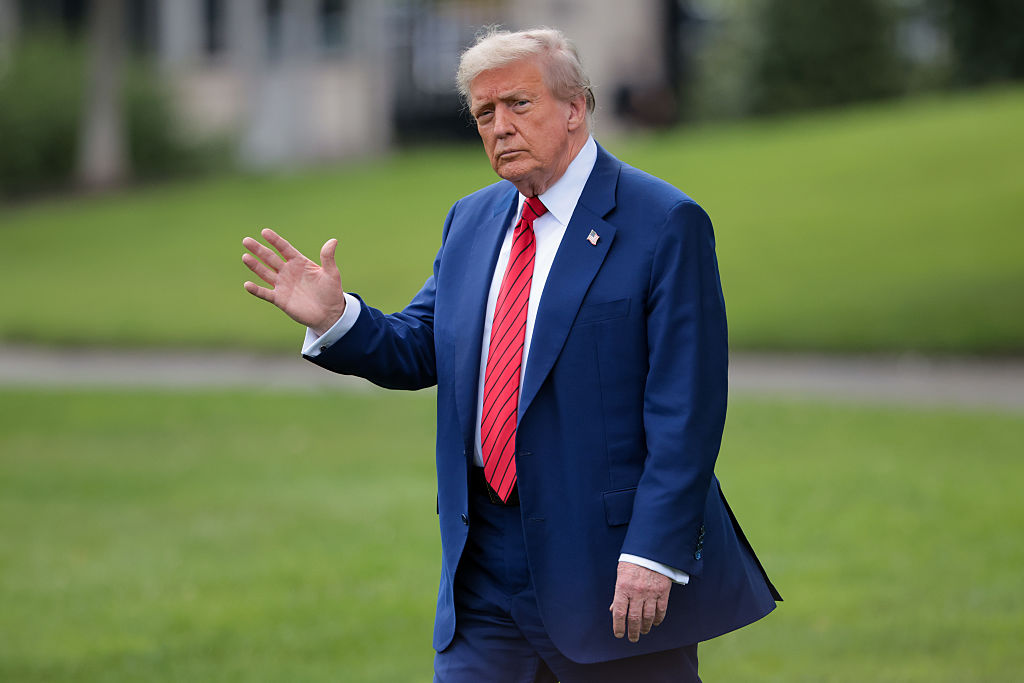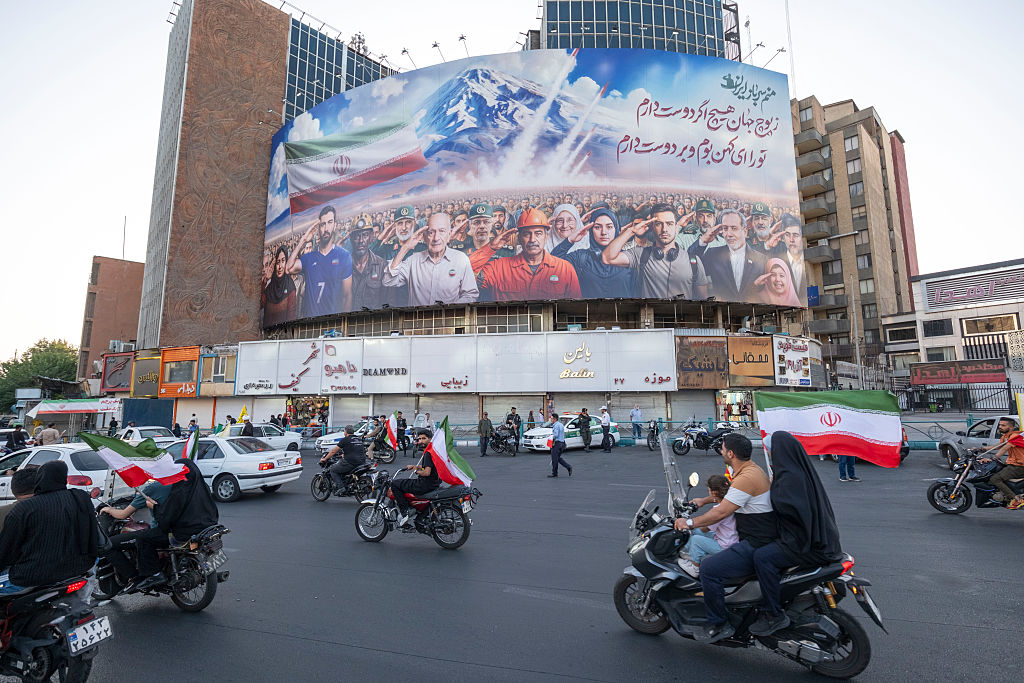When Antony Blinken got on the plane to Beijing two days ago, the secretary of state didn’t even know if he’d be meeting with Xi Jinping. Blinken’s visit was originally planned for February before the US withdrew, at the last minute, after a Chinese spy balloon was spotted over Montana. Beijing has always insisted there was nothing untoward about the balloon, seeing the cancellation of Blinken’s visit as an overreaction. US-China relations have been frosty since.
Despite this tension, the secretary of state was granted an audience with the Chinese leader earlier today — but only with a few hours’ notice. The short meeting, which lasted only thirty minutes, is a sign that Beijing, like Washington, wants to arrest the downward spiral of US-China relations since the balloon incident. It’s possible that Xi only decided to meet Blinken after the secretary of state had productive conversations with other senior Chinese officials, earlier in the visit. From the readouts, those fearing a third world war can let out a small sigh of relief. Blinken says he and Xi had “robust conversation,” including about the war in Ukraine, but that he also sought to “disabuse” China of the idea that the US is “seeking to economically contain them.” President Xi said: “China respects US interests and will not challenge or replace the US.”
Those fearing a third world war can let out a small sigh of relief
Blinken had first met with Qin Gang, China’s foreign minister, and the summaries of that meeting from both sides spoke of a “candid” and “constructive” conversation. He then met with Wang Yi, China’s highest-ranking diplomat (more senior than Qin). Wang emphasized the need to “avoid strategic accidents” and “urged the US side… not to misjudge China based on the trajectory followed by traditional Western powers” — in other words, not to project the West’s own expansionist rise to global power on to China’s rise (curiously, there is no readout from the US side of this second meeting). Clearly Beijing was satisfied with how these lengthy meetings went, as it was after Blinken saw Wang that his audience with Xi was confirmed.
Since February, the US side has tried to walk back from the balloon incident and reach out to Beijing. Two weeks ago, secretary of defense Lloyd Austin’s request for a meeting at the Shangri-La Dialogue, an Asian security conference, with his counterpart, General Li Shangfu, was rebuffed (the Chinese side say that the US can speak to General Li when he’s no longer sanctioned by Washington); but CIA director Bill Burns did manage a secret visit to Beijing in May, while national security advisor Jake Sullivan met Wang Yi in Vienna around the same time. Blinken’s meeting with Xi Jinping is the highest level dialogue yet, and a sign that US-China relations are stabilizing into some new, competitive normal. On the weekend, President Biden extended an olive branch by saying about the balloon that “I don’t think the leadership knew where it was, knew what was in it and what was going on… I think it was more embarrassing than intentional.”
Nobody expects this relationship to significantly improve from just one handshake. After all, Joe Biden has effectively continued Donald Trump’s hardline approach to China, putting in place industrial policies like the CHIPS Act and the Inflation Reduction Act that aim to hobble China in the renewables and semiconductor industries; meanwhile, China is not backing down on its claim to Taiwan and continues to assert its influence across Asia. But today’s meeting is a glimmer of how a competitive, but not dangerous, rivalry between the US and China could look. There’s no denying that China’s rise is the first serious challenge to the US-led world order since the end of the Cold War. But this rivalry doesn’t have to descend into an existential struggle — if only the two sides will keep on talking.
This article was originally published on The Spectator’s UK website.



